A single platform for a single strategy: Retailers everywhere know the appeal of this! Especially when that strategy is as lengthy and nuanced as the end-to-end eCommerce process, it’s no wonder retailers prefer one powerful solution to take them through all the challenges involved.
As mentioned in Part 1 of this series, a strong foundation for your eCommerce process begins with building and organizing Core content—from standard requirements to taxonomy practices. We’ve discussed the benefits of using Syndigo’s Content Experience Hub (CXH) for that step; now, let’s review how that same platform can assist you with the next step: enhancing your content.
Determine Those Differentiators
Once you have those key requirements in place for receiving Core content from your suppliers, it’s time to think about how you can really differentiate those products as they appear on your website.
While Core details are crucial to helping shoppers make informed, efficient purchase decisions, Enhanced Content provides that something extra, enabling shoppers to engage even more and possibly consider products in ways they wouldn’t have otherwise. Greater engagement of course leads to more time spent on the page and ultimately, more conversions. At Syndigo, we’ve observed a lift of as much as 36% when shoppers are exposed to such high-quality content!
Ultimately, Enhanced Content is about completing the story. Put yourself in the position of the shopper when viewing the product page: What else would you want to know? Enable Enhanced Content on your product pages to optimize the product’s story accordingly, and to ensure the content helps answer any questions or address ideas the shopper might have when checking it out.
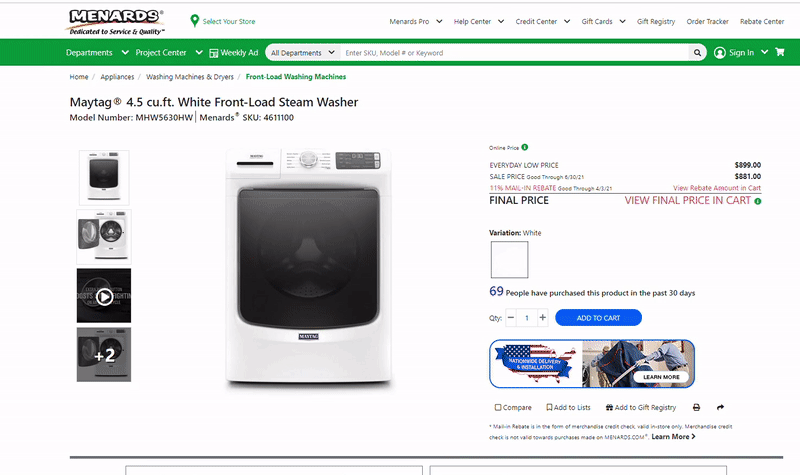
Own Your Product Page from Top to Bottom
While Core content includes a specific set of product images, Enhanced Content offers additional creative assets—typically in the form of rich media like videos, side-by-side comparisons and more. These “glamour shots” help take the product page beyond basic imagery and descriptors, showing off more in-depth elements of the product. Enhanced Content also includes features like image galleries, 360-spins and Engaging Hero images (interactive images that communicate additional features or benefits within the image). These tools can also be used for a retailer’s private brand items.
Traditional product page layouts display a product image with basic Core content at the top and in-line Enhanced Content to follow. However, with mobile shopping becoming more frequent, as much as 57% of consumer time is spent above the fold (I.e., on the first screen or swipe). This means it’s more important than ever to engage shoppers at that first glance, and Enhanced Content tools like Engaging Hero are excellent ways to accomplish that.
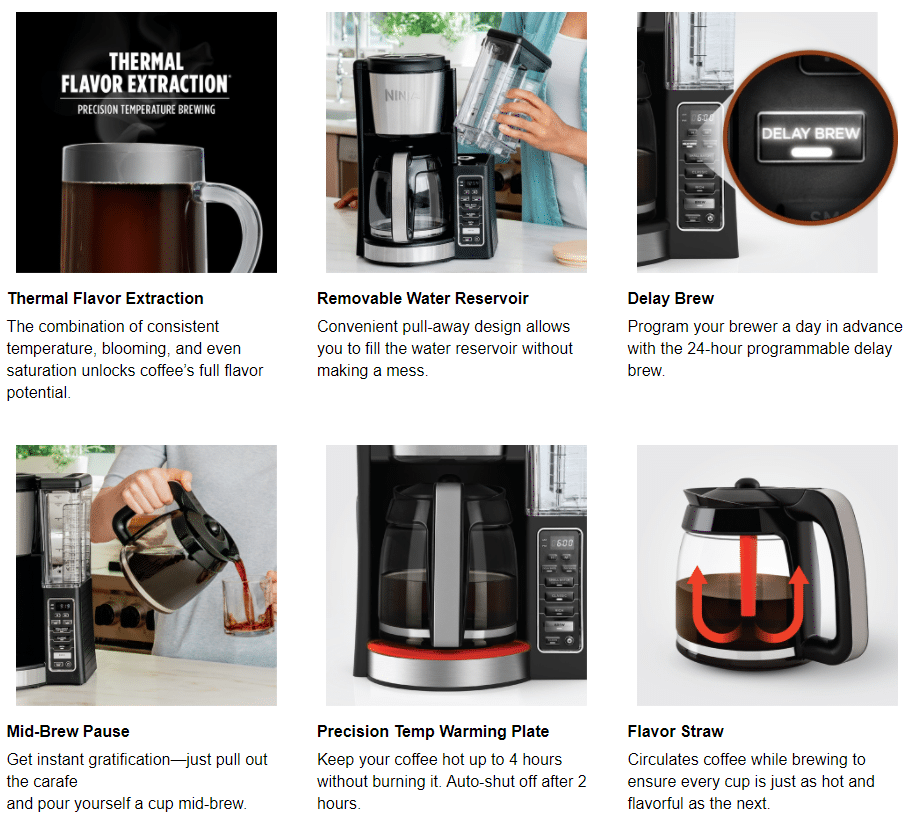
AND WHY YOU SHOULD CARE, EVEN IF IT’S NOT YOUR THING.
Leverage Consumer Interaction
A key theme of Enhanced Content is the interactive component. It allows shoppers to experience the products for themselves in a digital way—directly on your website! Contextual Hotspots in particular boost this type of interaction.
By creating interactive areas on an Engaging Hero image, these hotspots highlight essential product information visually on the corresponding part of the product image. Such interaction proves to entice shoppers to engage quicker and helps them learn the details they need to make a buying decision. With a lot of information packed in a small space, Contextual Hotspots can open up different windows that can contain more Enhanced Content, including rich media like the product videos and 360-spins mentioned before, as well as feature/benefit captions and other informative elements that consumers can engage with.


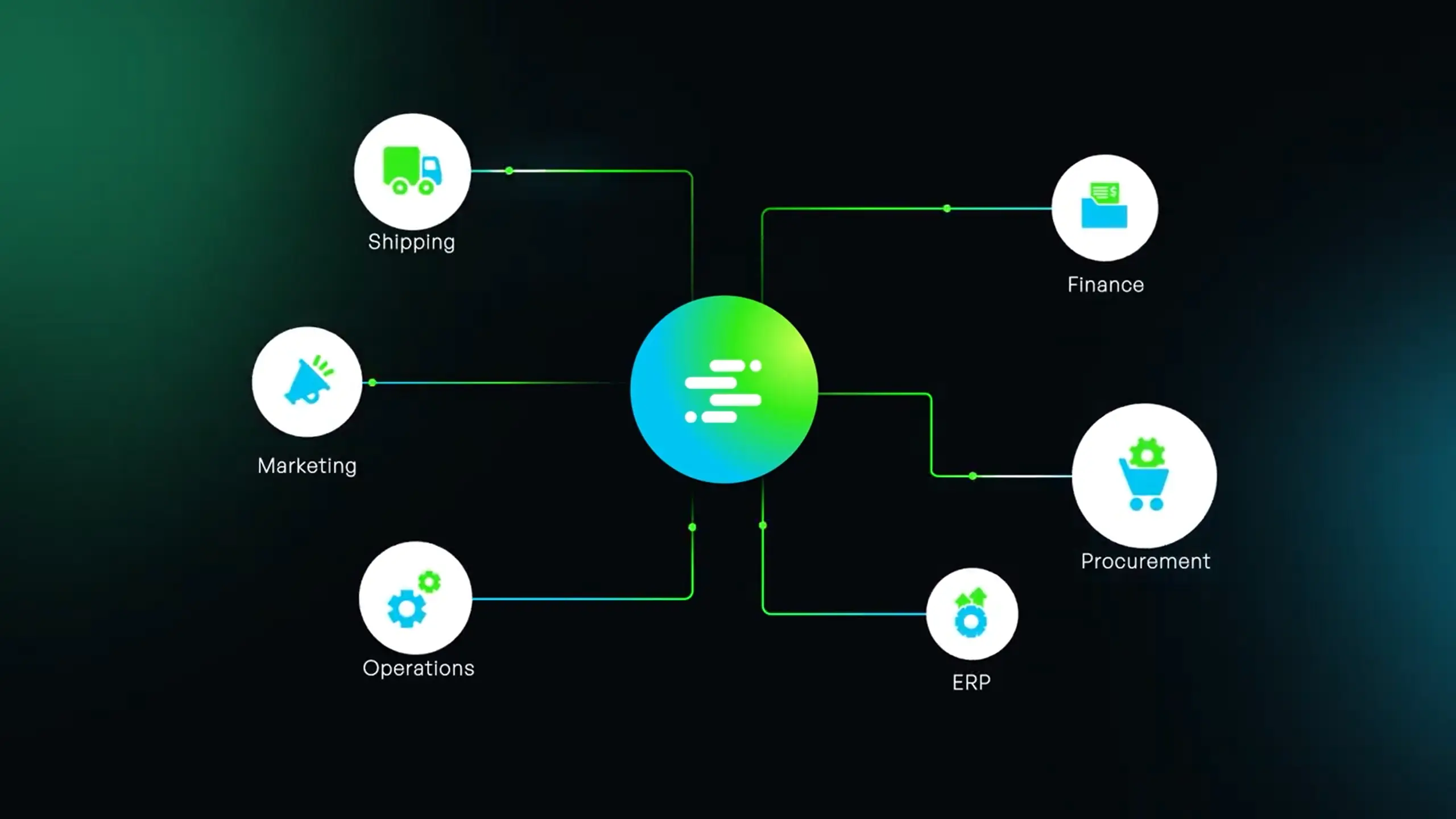
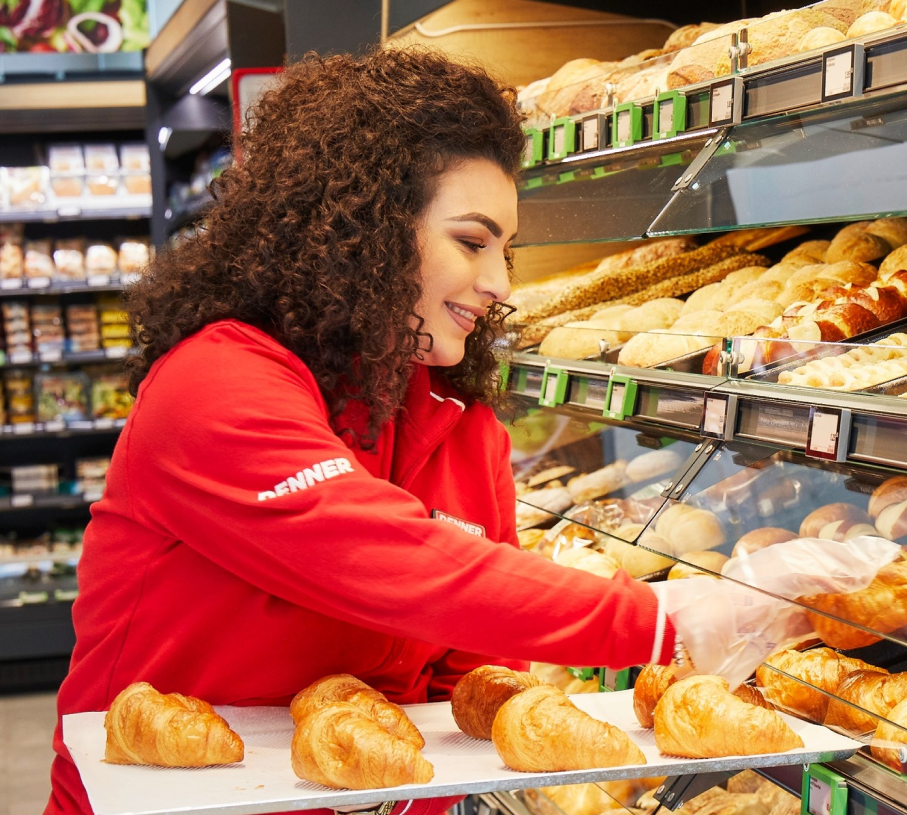
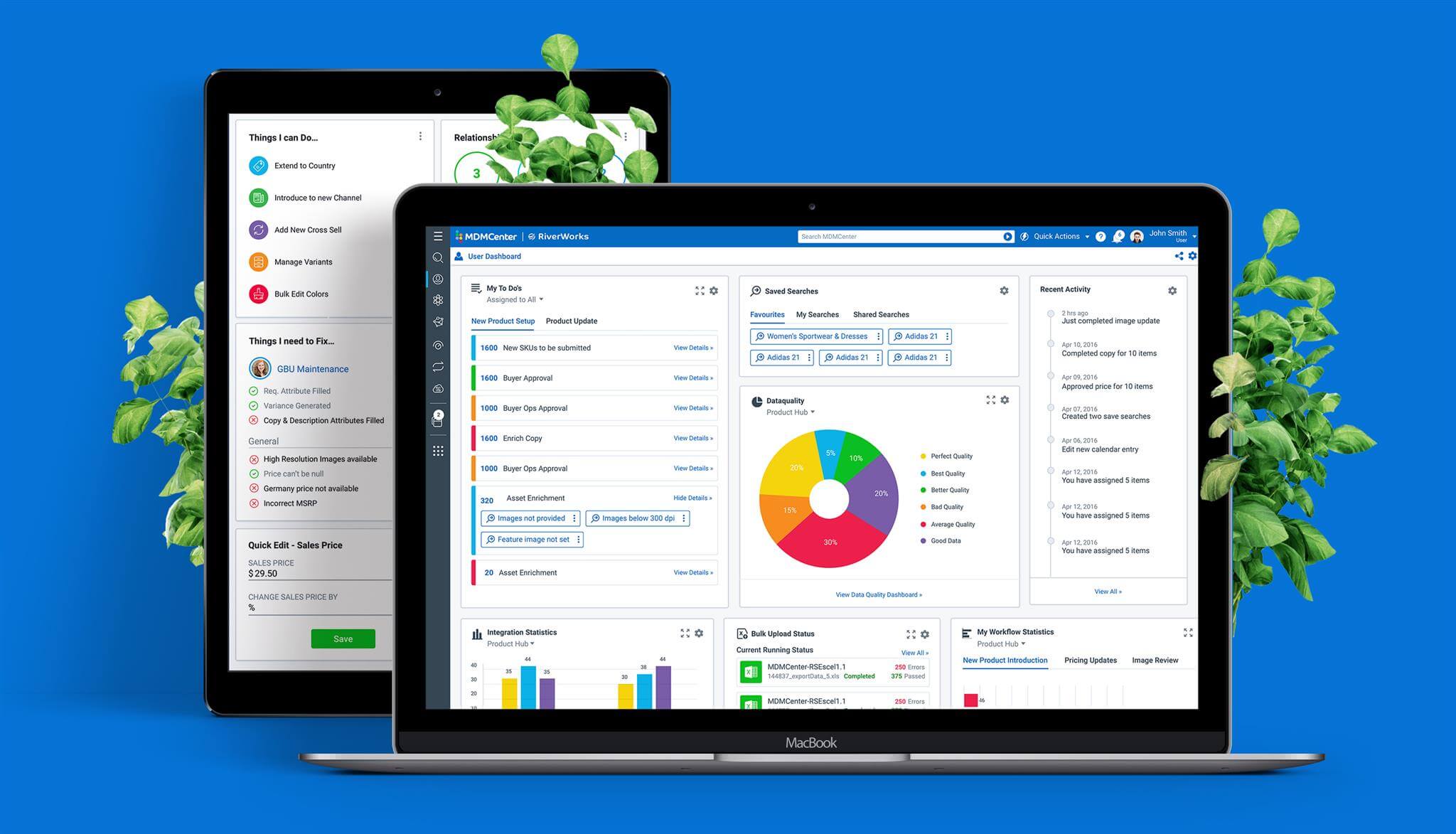

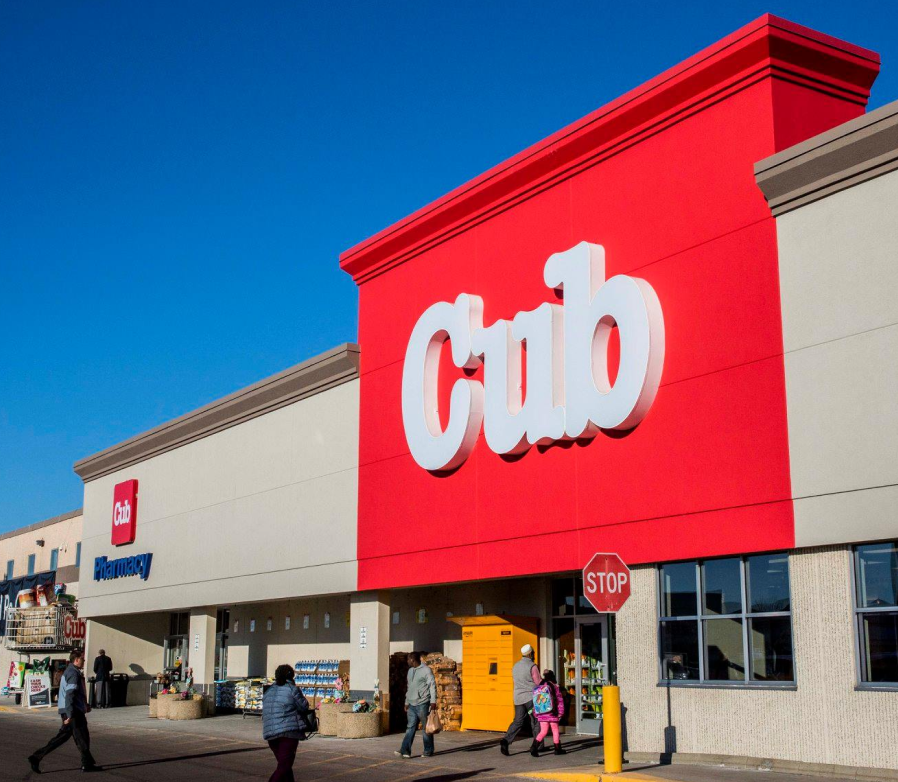






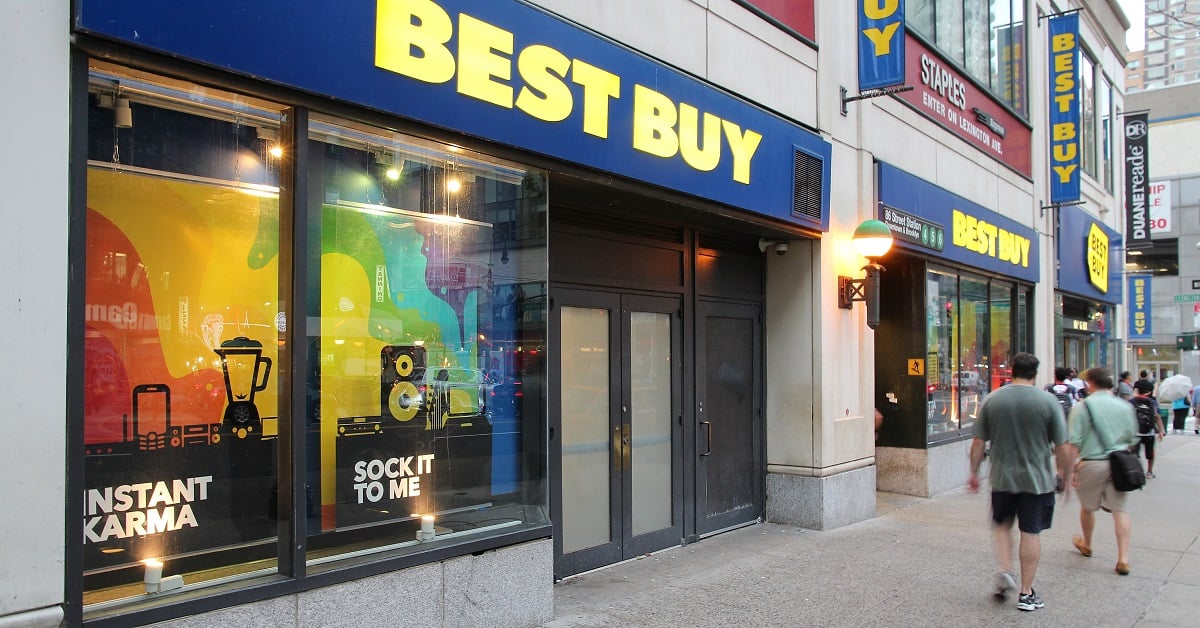
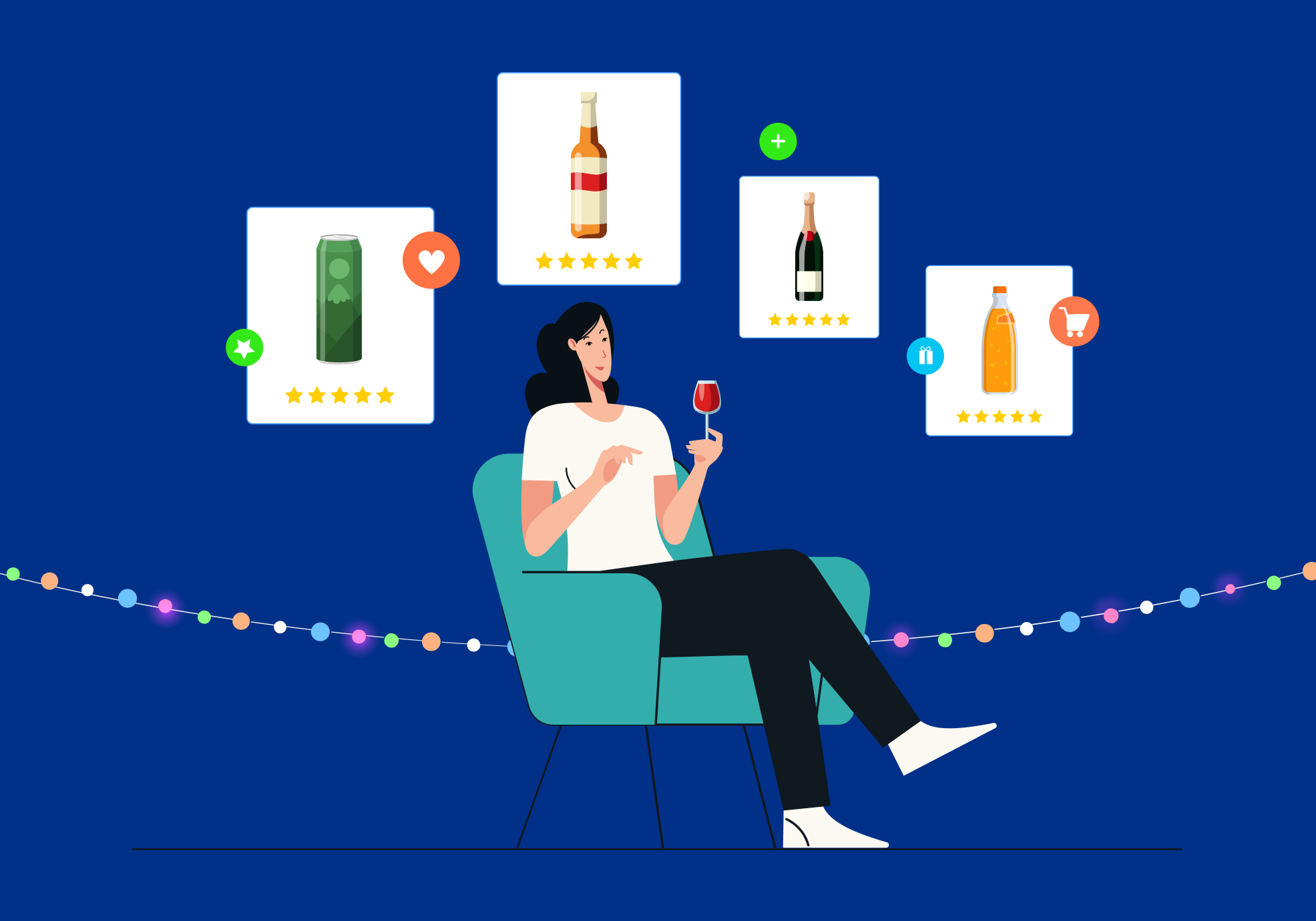

 Don't miss out! Subscribe to our blog for updates.
Don't miss out! Subscribe to our blog for updates.